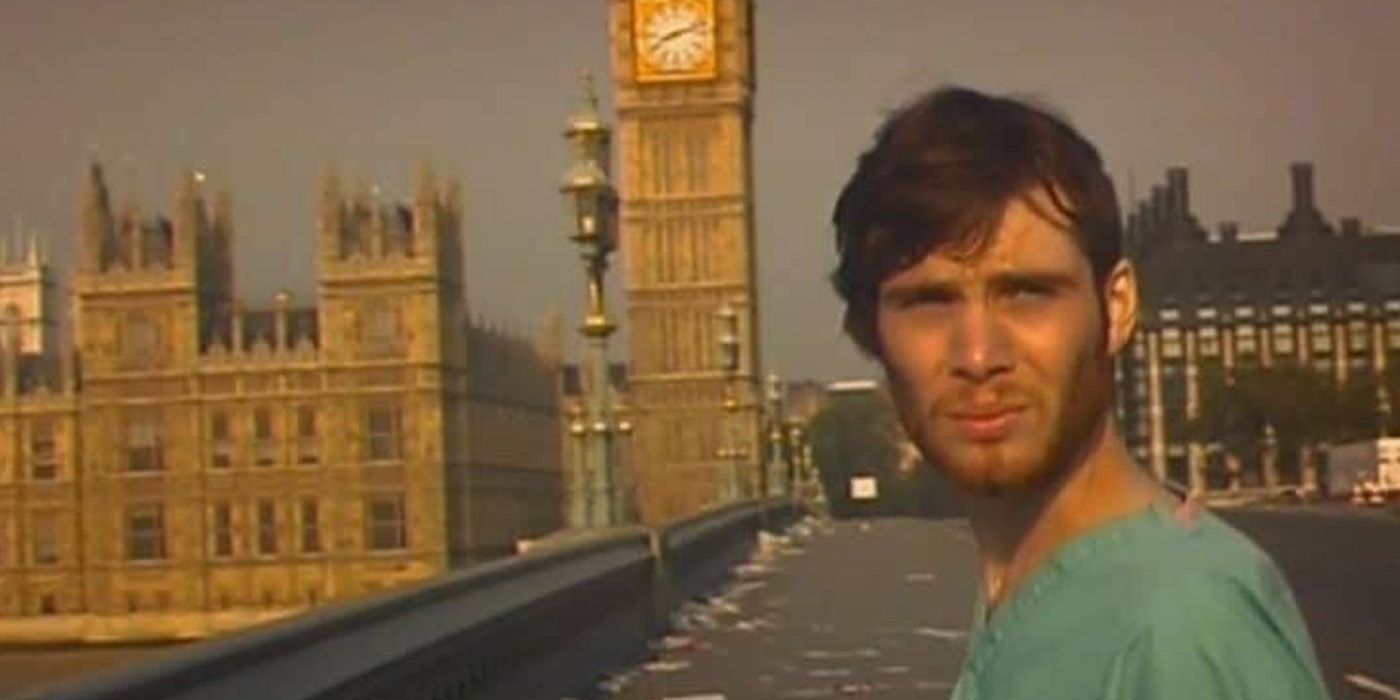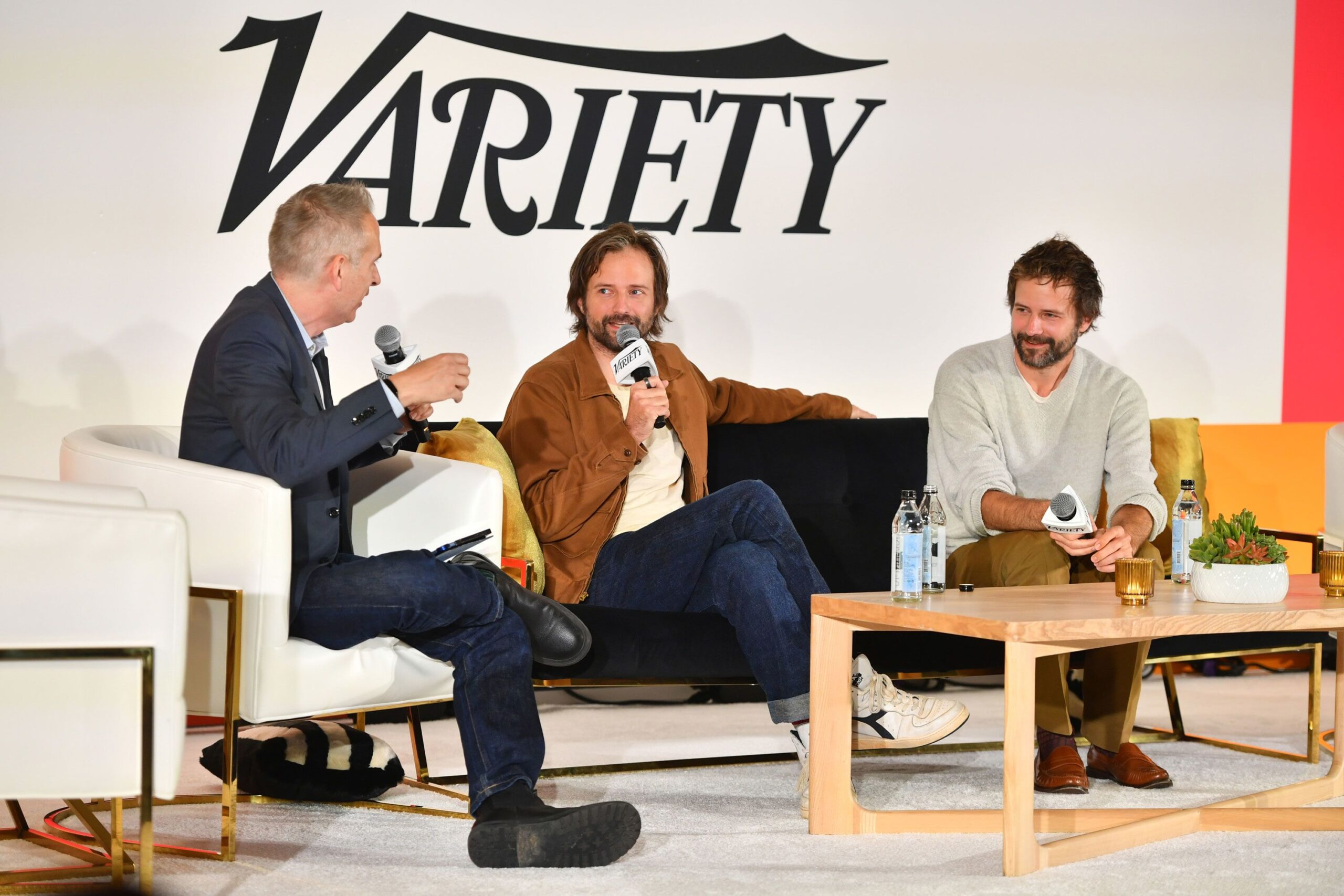For decades, London has served as an iconic backdrop for countless films and television series. From period dramas set in Victorian times to modern thrillers unfolding across its bustling streets, the city has been portrayed in many ways to global audiences. However, despite its cinematic appeal, many of these portrayals offer a distorted or incomplete picture of London, leaning on familiar stereotypes rather than reflecting the city’s true diversity and complexity.
One of the most common issues with how London is depicted in popular media is the overuse of well-known landmarks. Films and television shows often present a condensed version of the city, where characters appear to move seamlessly from Tower Bridge to Buckingham Palace to the London Eye within minutes. In reality, the sprawling nature of London makes such quick travel impossible. This geographical simplification creates a misleading impression of how the city functions and how its neighborhoods are connected.
Furthermore, the social and cultural diversity that defines modern London is frequently overlooked. Many productions focus on the same affluent, predominantly white areas—such as Notting Hill, Kensington, or the West End—while ignoring the rich variety of communities that make up the city’s fabric. Neighborhoods like Brixton, Hackney, Tottenham, and Southall are rarely represented with the same care or visibility, despite their crucial role in shaping London’s identity.
In addition to skewed geography and limited representation, there is a tendency in media portrayals to romanticize certain aspects of London life while glossing over more pressing social issues. The city is often shown as glamorous and exciting, full of fashion, history, and opportunity. While these elements are certainly part of London’s character, they do not capture the full picture. Housing affordability, inequality, transportation struggles, and the daily realities of living in such a densely populated urban environment are rarely explored in depth.
This sanitized vision is particularly noticeable in genres like romantic comedies and period dramas. Iconic films have painted London as a charming and quaint metropolis where chance encounters and fairy-tale endings abound. Although these stories hold appeal, they contribute to an unrealistic collective imagination of what London is and what life in the city entails. The polished streets and picturesque parks are only one side of a far more complex urban reality.
Similarly, depictions of crime in London tend to fall into predictable patterns. Television dramas often present the city as either a playground for sophisticated criminal masterminds or as the gritty battleground of gang conflicts, with little nuance in between. The prevalence of this dichotomy reinforces a narrow vision of urban crime that ignores the underlying social factors contributing to violence and criminal behavior. It also perpetuates harmful stereotypes about certain communities within London that are already marginalized.
Another notable issue is the historical portrayal of London. Period dramas often highlight the grandeur of British aristocracy, the opulence of royal life, or the charm of cobbled streets lined with horse-drawn carriages. While these elements are part of the city’s heritage, they frequently overshadow the harsher realities of the times—poverty, class struggles, colonialism, and social injustice. By favoring nostalgia over authenticity, these representations risk creating an incomplete understanding of the city’s past.
The way accents and dialects are used in film and television also plays a significant role in how Londoners are perceived. The classic “Cockney” accent, for example, has been exaggerated and caricatured in countless productions, becoming a comedic shorthand rather than a genuine reflection of the real voices heard in the city. Meanwhile, the rise of multicultural London English—a blend of various linguistic influences reflecting the city’s diversity—is rarely showcased, despite being the way many young Londoners actually speak today.
The impact of these inaccurate portrayals extends beyond mere entertainment. They shape global perceptions of London and influence how tourists, businesses, and even locals understand the city. For international audiences, the repeated image of a postcard-perfect London can create expectations that clash with reality upon visiting. For residents, the lack of representation or the persistent use of stereotypes can contribute to feelings of exclusion or misrecognition.
Nonetheless, numerous media portrayals avoid these clichés. Over the past few years, certain directors and TV producers have intentionally aimed to depict London more accurately and genuinely. Programs that focus on the experiences of working-class neighborhoods, examine racial and cultural identities, or address modern challenges such as gentrification and social inequality are contributing to expanding the storyline. These productions offer a more comprehensive and nuanced depiction of London, showcasing both its allure and its difficulties.
Independent cinema, in particular, has played a crucial role in offering alternative visions of London. By focusing on personal stories set in lesser-seen neighborhoods or by giving voice to underrepresented communities, these films and series challenge the dominant narratives established by mainstream media. Documentaries, too, have been instrumental in revealing the true nature of life in the city, from housing crises to social activism.
Another aspect where the depiction of London is progressing is in the growing inclusion of varied actors and creative groups. As the entertainment sector moves towards greater inclusivity, narratives that mirror the real-life experiences of every resident of London—not solely those from affluent backgrounds—are starting to gain broader viewership. This change not only enhances the richness of the stories but also fosters more authentic bonds between viewers and the tales presented on screen.
Furthermore, advancements in technology and the emergence of digital platforms have democratized the art of storytelling. This has allowed independent creators to present their narratives of London without being restricted by conventional production companies. Web series, online documentaries, and content on social media are introducing new viewpoints to an international audience, showcasing aspects of the city that might have remained unseen.
The current task is to ensure that these genuine portrayals become part of widespread stories rather than staying in a limited audience. People are showing more interest in stories that appear genuine, tackle the intricacies of city living, and illustrate the variety of individuals residing in London. There is an increasing awareness that genuine narratives not only enhance storytelling quality but also promote empathy, understanding, and a more precise cultural recollection.
At the heart of the matter, the way London is depicted in movies and TV goes beyond mere amusement. It touches on broader themes of portrayal, diversity, and the influence of storytelling in shaping views. Each narrative shown on screen can either perpetuate clichés or confront them, simplify truths or highlight their complexity.
London, being one of the most lively and varied cities globally, warrants a depiction that reflects its true vibrancy. With its lively marketplaces and tranquil districts, from its challenges to its victories, the city is home to numerous untold tales. Only by embracing this intricacy can film and television go deeper and provide audiences with a genuine portrayal of the essence of London.
As creators, producers, and viewers alike continue to question and challenge outdated portrayals, there is an opportunity to redefine how cities—and the people who inhabit them—are represented on screen. By doing so, London can be celebrated not as a simplistic symbol of British charm, but as a living, breathing, multifaceted city that is constantly evolving.


:max_bytes(150000):strip_icc():focal(739x450:741x452)/Jane-Fonda-Aging-021925-tout-f137f9574daa4038ad78a8269bfdcf9a.jpg)


